Nestled next to Kruger National Park, Marloth Park is a photographer's dream, teeming with wildlife like zebras and bushbabies, often visible from Needles Lodge. This serene sanctuary offers not just a stay but a chance to capture the essence of these creatures in their natural habitat. From the magical golden hours to the spontaneous wildlife behaviours at dusk, this guide provides expert tips to help you hone your photography skills and take...
Seasonal Shifts: How the Bushveld Transforms Throughout the Year
Discover how each season transforms Marloth Park and Kruger’s bushveld. From dry winters to lush green summers, explore wildlife patterns and safari experiences at Needles Lodge.
Understanding Kruger’s Rhythms from the Comfort of Your Room at Needles Lodge
When most people imagine an African safari, they picture a timeless landscape—golden grasslands, acacia silhouettes, and perhaps a lion or two sauntering past. But the bush is anything but static. It changes continuously, shaped by rainfall, blooming cycles, and wildlife movements. To truly appreciate the Lowveld’s magic, one must witness its transformations across the year.
At Needles Lodge, nestled in Marloth Park on the southern boundary of Kruger National Park, our guests have the unique privilege of experiencing these seasonal shifts up close. Whether you're wrapped in a blanket on a misty winter morning or sipping a sundowner as the first summer storm rolls in, every season in the bushveld tells a new story.
Let’s explore how the rhythm of nature changes with each season—and how your experience at Needles Lodge is shaped by it.
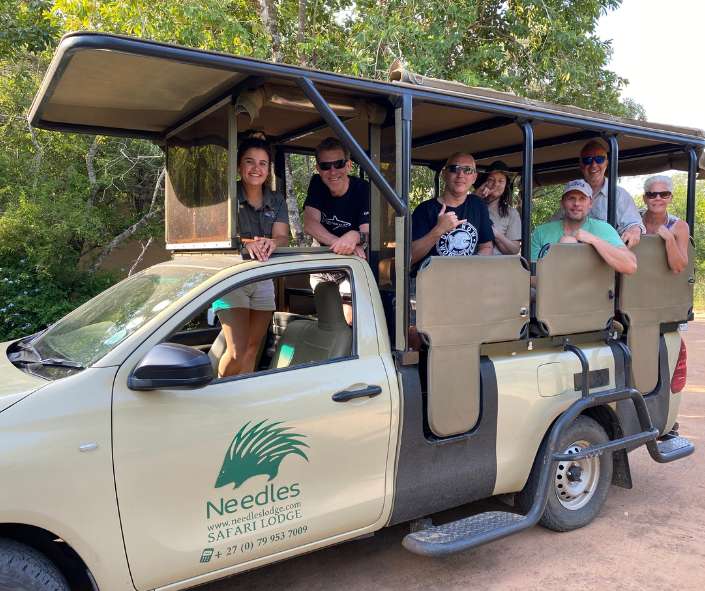
Summer in the Bush (November to February): A Symphony of Life
In the summer months, the bush bursts into colour and activity. With the arrival of the first rains, the landscape transforms almost overnight. The dry, cracked earth softens. Grasses shoot up, and trees like the sausage tree and knobthorn burst into bloom.
Wildlife Highlights
It’s birthing season. Impalas, warthogs, wildebeest, and zebras welcome their young. These babies attract predators, creating some of the year’s most dramatic wildlife interactions. Birders are in for a treat, too—migratory species like European Rollers, Woodland Kingfishers, and Amur Falcons return in dazzling numbers. At night, frogs sing their chorus as the bush comes alive.
👉 Read: 10 Spectacular Facts About the African Pygmy Kingfisher
Weather & Atmosphere
Expect hot, humid days and dramatic afternoon thunderstorms. The air smells of rain and earth—petrichor—and the skies put on regular lightning shows.
At Needles Lodge
Guests frequently see newborn impalas grazing near the lodge. Dinners are often accompanied by the gentle calls of bush babies, and the thatched roof and shaded decks keep things comfortable even on warm days. And when a summer thunderstorm builds on the horizon? Watching it roll in from the comfort of your room’s deck is a show all its own.
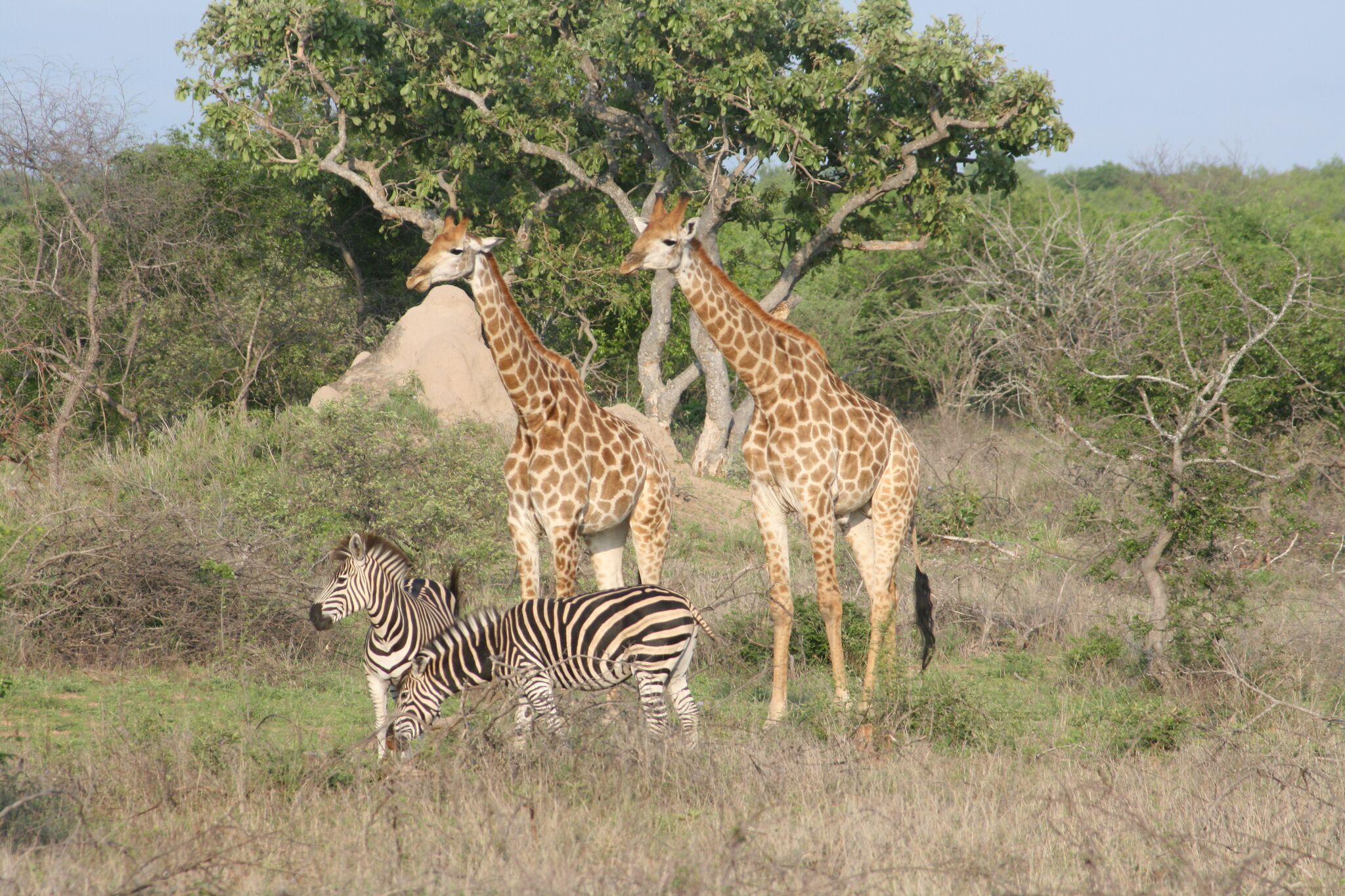
Autumn (March to May): The Gentle Fade
As the rains taper off, the bushveld slowly shifts from lush greens to deeper, golden hues. Trees begin to drop seeds, and animals begin adjusting to scarcer water and food sources.
Wildlife Highlights
Predator-prey interactions become more focused around shrinking waterholes. This is a good time to see large herdsgathering in open areas. Migratory birds begin their long journey north, but the skies remain busy with local residents.
Weather & Atmosphere
Humidity drops, and the weather becomes cooler and more comfortable. Clear skies and cooler evenings make this an ideal time for longer game drives and sundowners in the bush.
At Needles Lodge
The water features around the lodge become a hotspot for animal activity. Crisp evenings invite storytelling by the fire, while the days are perfect for relaxing on the deck with a pair of binoculars.
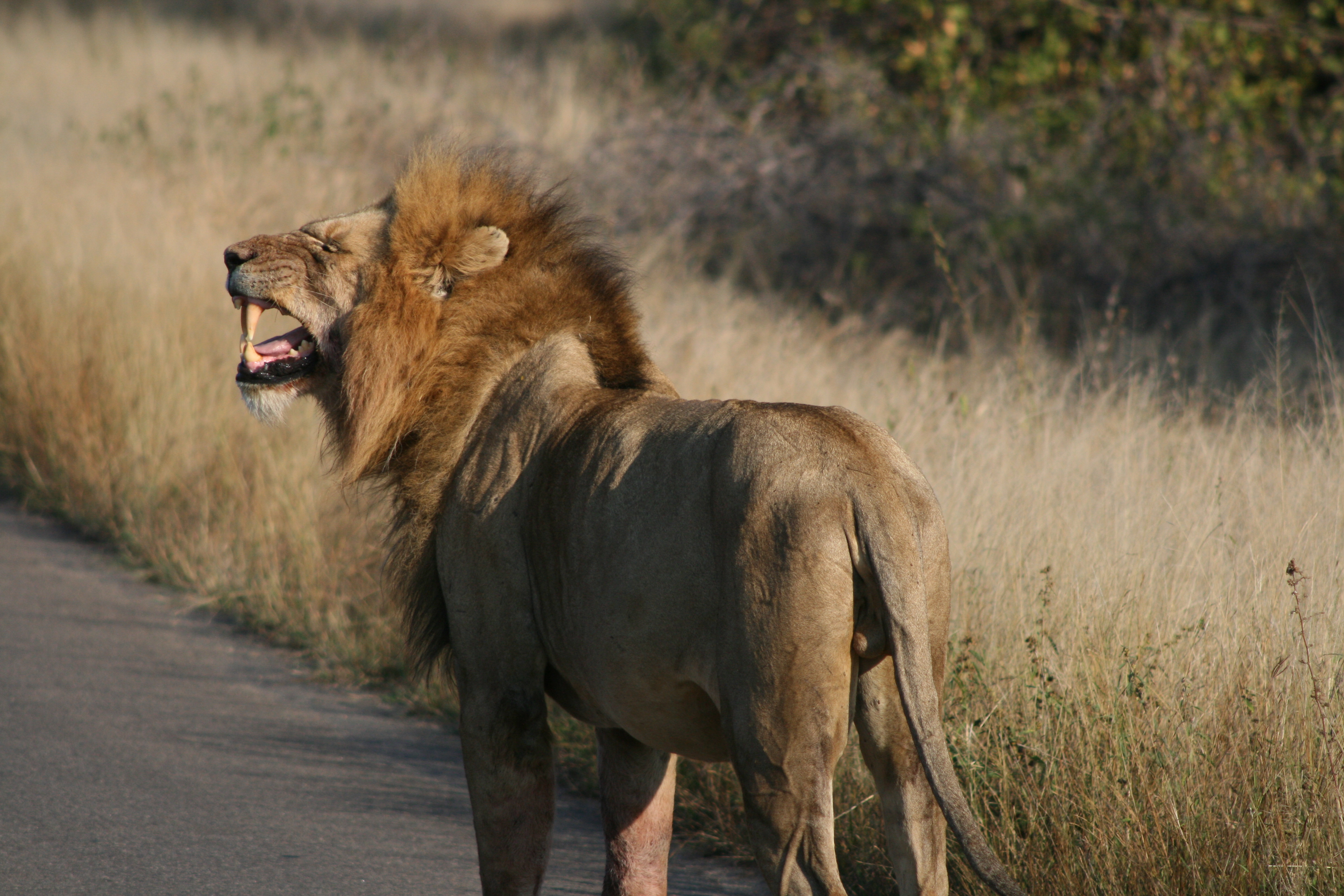
Winter (June to August): Clear Skies and Big Sightings
The dry season doesn’t mean lifeless—it means visibility. With the foliage thinned, predators and prey are easier to spot. Permanent water sources attract consistent activity, offering some of the best game-viewing opportunities of the year.
Wildlife Highlights
This is prime Big Five season. Elephants gather at rivers, leopards rest in trees, and lions bask in the open. Even shy species venture into view during the dry, open conditions.
👉 Read: The Lion – Africa’s Majestic Monarch of the Savanna
Weather & Atmosphere
Cool mornings, warm days, and cold evenings define winter in the Lowveld. The dry air enhances star visibility, making this a dream season for stargazers and photographers.
👉 Don’t Miss: Under the African Stars: Stargazing and Night Sounds
At Needles Lodge
From the warmth of your room, you’ll see kudu, warthogs, and bushbuck quietly browsing nearby. Fires are lit early, meals are hearty, and the calmness of the season offers a true reset in nature.
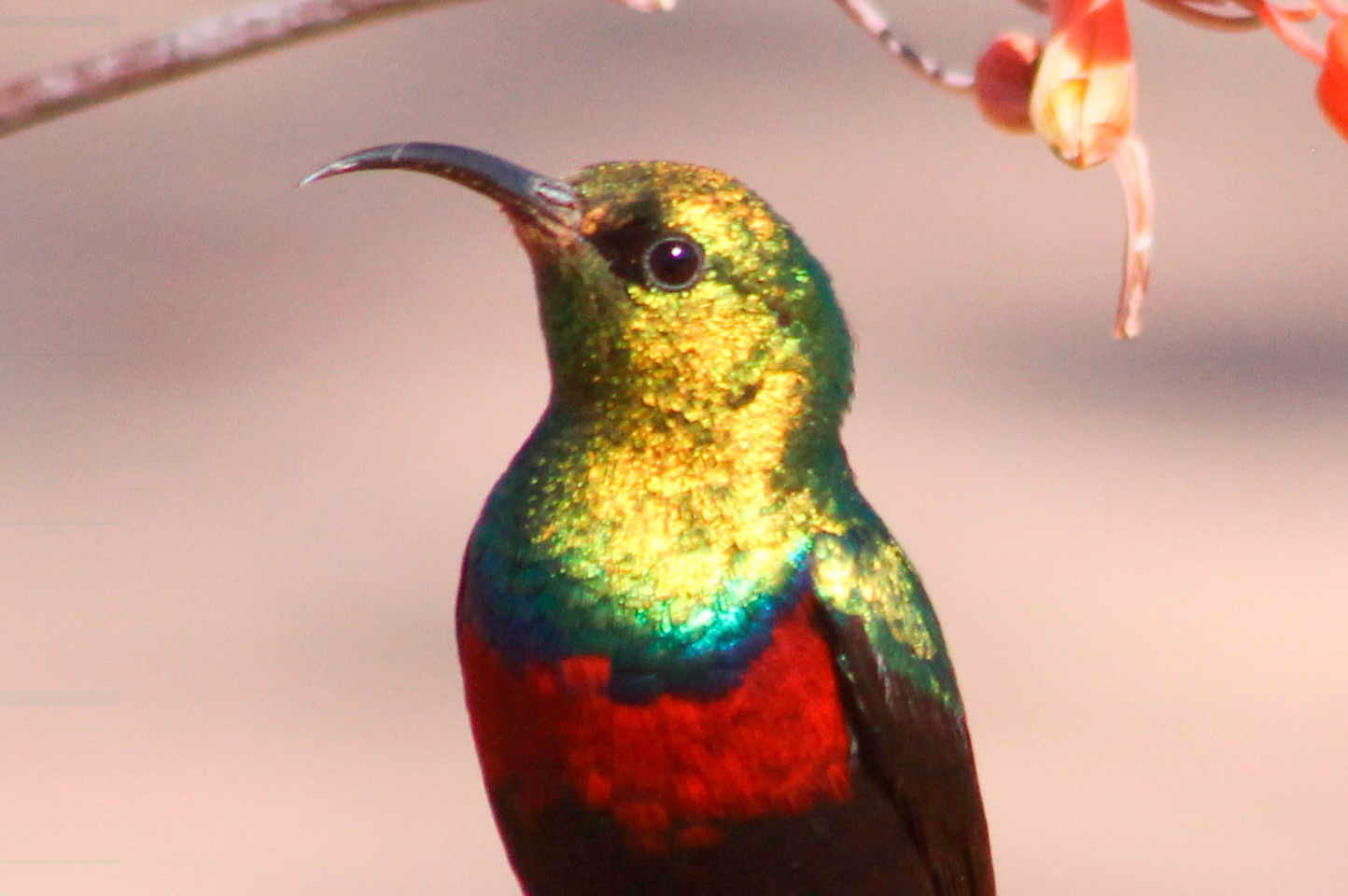
Spring (September to October): The Awakening
As temperatures rise and the promise of rain looms, the bush begins to stir. Trees bud, insects re-emerge, and migratory birds return, signaling the start of the wet season.
Wildlife Highlights
Spring is a time of anticipation. Antelope herds begin to compete for mates, and predators sharpen their focus. Reptiles like lizards and tortoises become more visible, soaking in the returning warmth.
👉 Want to learn more? Read: Lizards of the Lowveld
Weather & Atmosphere
This is a transitional season. Days warm up quickly, but the bush hasn’t yet fully greened. It’s a captivating blend of clarity and vitality, with flowers blooming and butterflies returning.
At Needles Lodge
Spring at the lodge crackles with energy. From the comfort of your cosy room, you might witness the season’s first storm—skies darkening, thunder rolling gently in the distance. When the rain finally retreats, the bushveld stirs to life once more. There's the rich scent of damp soil in the air, the faint flicker of distant lightning, and the hum of insects returning—each a sign that the african bush is waking up again.
Best Time to Visit? It Depends on What You’re After:
For birders: November to March (peak migratory activity).
For photographers: May to August (crisp skies, excellent lighting).
For baby animals: November to January (birthing season).
For predators: May to September (high visibility near water).
👉 Explore: Birding in Kruger – The Best Birding Drives and Experiences
At Needles Lodge, we don’t just observe the seasons—we live by them. Each one brings its own mood, its own soundtrack, and its own wildlife encounters. Whether you’re sipping coffee on a winter morning, or dozing off to frogsong in summer, you’re part of the rhythm of the bushveld.
This is more than a destination—it’s an immersion in the heartbeat of Africa.
📍 Book your stay at Needles Lodge and experience the wild, one season at a time.
Further Reading
Africa's skies are home to a diverse array of birds of prey, each with unique adaptations for hunting and playing crucial roles in their ecosystems. Species like the African Fish Eagle and Peregrine Falcon showcase the continent's avian diversity and evolutionary marvels, while vultures, often overlooked, serve as vital ecological stewards.
The article highlights giraffes in Kruger National Park, detailing ten unique aspects like their height, distinctive spot patterns, silent communication, powerful hearts, graceful movement, defensive kick, synchronized drinking, short naps, birth rituals, and large appetite. It also introduces Needles Lodge, a luxurious accommodation within the park, offering guests close-up encounters with giraffes and other wildlife, ideal for both nature lovers and those seeking a peaceful getaway.

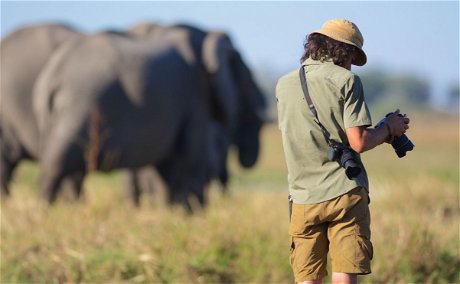
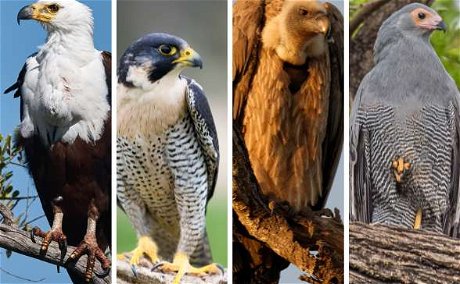

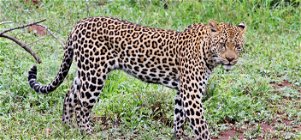
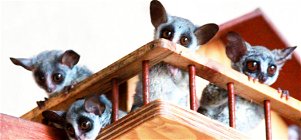
Share This Post